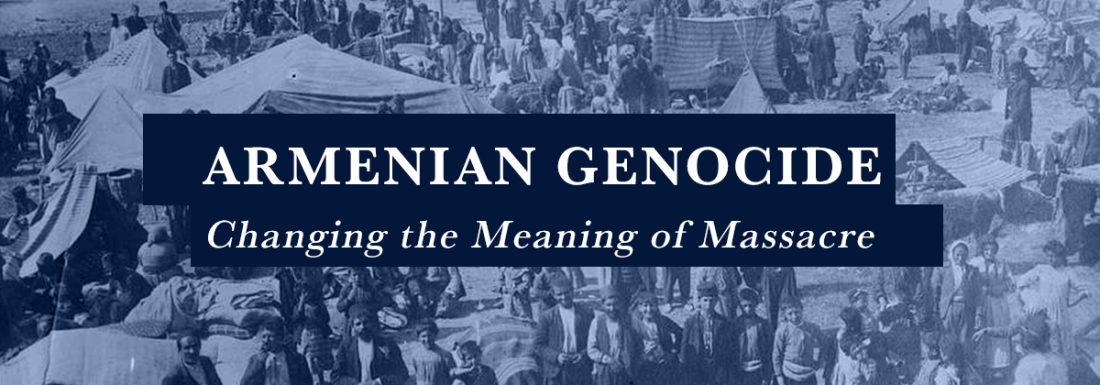It was described at the time as “a massacre that changes the meaning of massacre.”
In 1915, amid rabid nationalism and government acquiescence, the Ottoman Empire’s Young Turk movement rounded up hundreds of Armenians in what’s now Turkey and hanged many of them in the streets of Istanbul. It then began the deportation of most of the minority Armenian population to the desert, with up to a million dying or murdered along the march. Unknown numbers of others converted to Islam or survived in other ways but were lost to the Armenian culture.
David Cotter of the U.S. Army Command and General Staff College, an authority on incidents of genocide and mass atrocities, recounts the ghastly events of what’s often called the Forgotten Genocide. The Armenian catastrophe was invoked when the United Nations codified genocide as a crime in 1948, but different narratives about the episode emerged and the world’s attention waned. The United States, buffeted by political pressures, held off on formally recognizing the massacre as genocide until President Biden affirmed that designation last April.
Cotter and the Library offer his presentation three days before Armenian Genocide Remembrance Day on April 24. The event is co-sponsored by the National World War I Museum and Memorial.
Cotter, a retired U.S. Army colonel, is director of the Department of Military History at the Army Command and General Staff College at Fort Leavenworth. He holds master’s degrees in history, national security and strategic studies, and Holocaust and genocide studies and is active in the Army Command and General Staff College’s Genocide and Mass Atrocities Studies Seminar.
